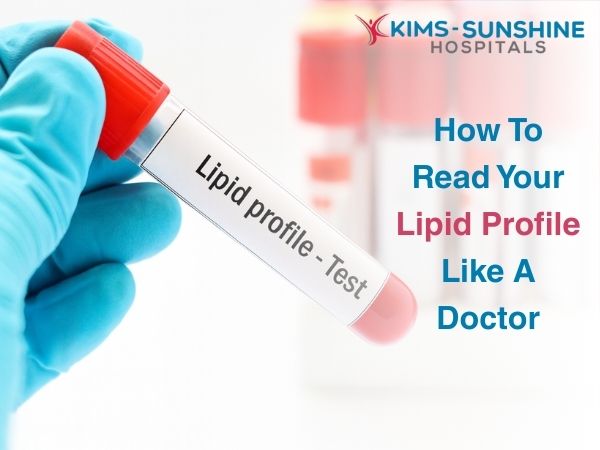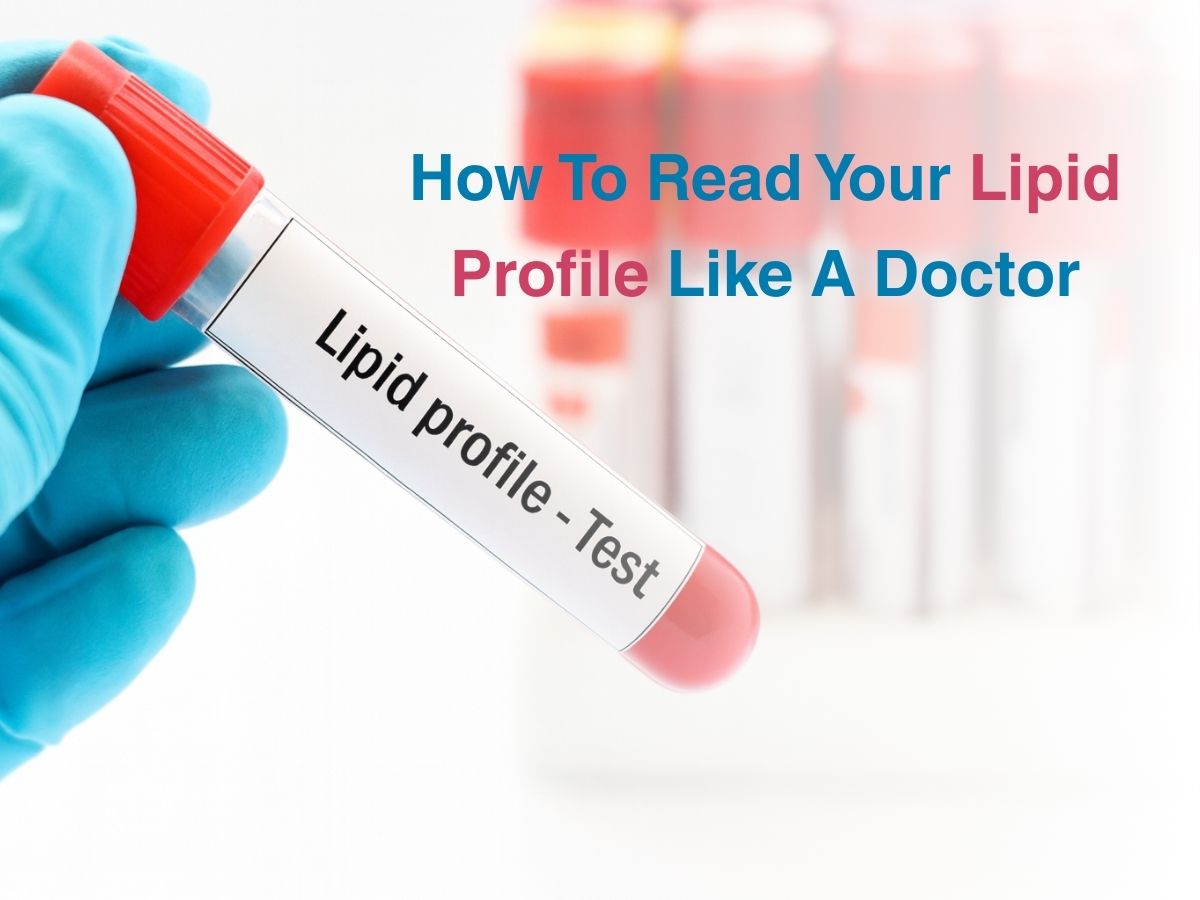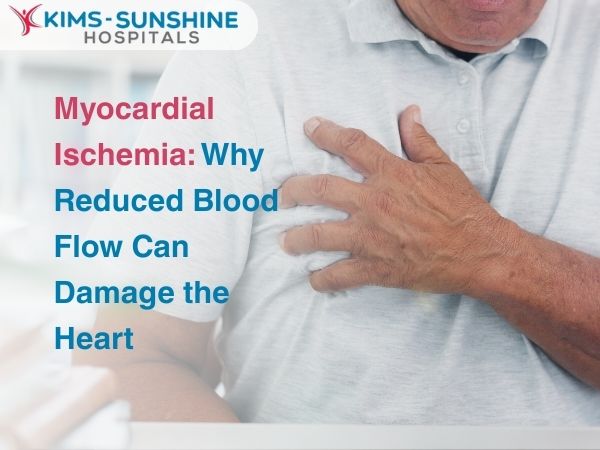
How To Read Your Lipid Profile Like A Doctor
How To Read Lipid Profile Report Like A Doctor?
When you open a lipid profile report, it may look like a sheet filled with numbers and strange abbreviations, but to a doctor it reads like a diary of your arteries, whispering stories about how smooth or clogged the highways of your blood may be, because each marker plays a role in predicting whether your heart and vessels will stay calm like a river or turn turbulent like a flood. For you as a patient, the trick lies not in memorising ranges but in learning how to connect those numbers to lifestyle, age, diet and risk factors, so you can see whether your report reflects balance or hints at danger.
Fasting Or Non-fasting Lipid Profile: Which Is Better?
For years, doctors insisted that you arrive on an empty stomach to test your lipids and many still do, but new research suggests that non-fasting profiles can give a reliable picture too, since triglycerides are the only component that fluctuate noticeably after meals. So in Indian settings where fasting blood tests mean missed breakfast and delayed work schedules, non-fasting tests may actually be more practical, especially for routine screening, though fasting tests still hold value when triglycerides are suspected to be high. This ultimately means that the decision is not an either-or but a matter of context, clinical judgement and individual risk factors.
Non-HDL Cholesterol Target Value And Meaning-
While most people focus on LDL as the so-called “bad cholesterol”, doctors increasingly emphasise non-HDL cholesterol, which simply means total cholesterol minus HDL. In this subtraction lies a more complete reflection of all harmful lipoproteins that contribute to plaque formation and the target is usually kept below 130 mg/dL for healthy adults. The threshold value is kept even lower for those with diabetes, hypertension, or heart disease, because non-HDL captures both the obvious and hidden troublemakers, making it a more reliable compass for long-term cardiovascular risk. This is especially good in the Indian context, as our diets and genetic makeup can tilt them towards higher triglycerides and mixed dyslipidaemia.
Conclusion
Reading a lipid profile is not about decoding a puzzle of numbers in isolation, it is about seeing how each marker interacts with the others. Whether it is LDL whispering its mischief, HDL offering its shield, triglycerides hinting at lifestyle excess, or non-HDL capturing the whole gang of troublemakers, the essence lies in context and correlation. For Indian families where heart disease often strikes earlier, learning to read these reports is not about playing doctor but about being aware, alert, and being able to steer daily choices towards balance and protection.







